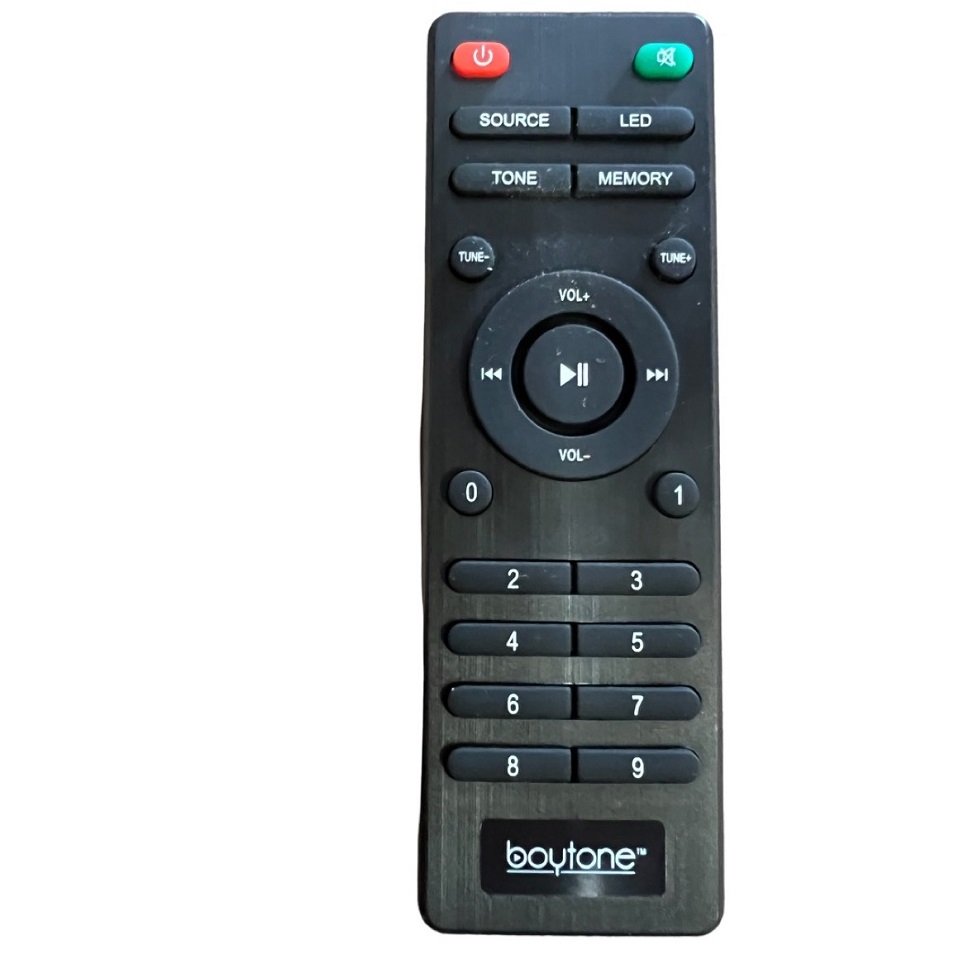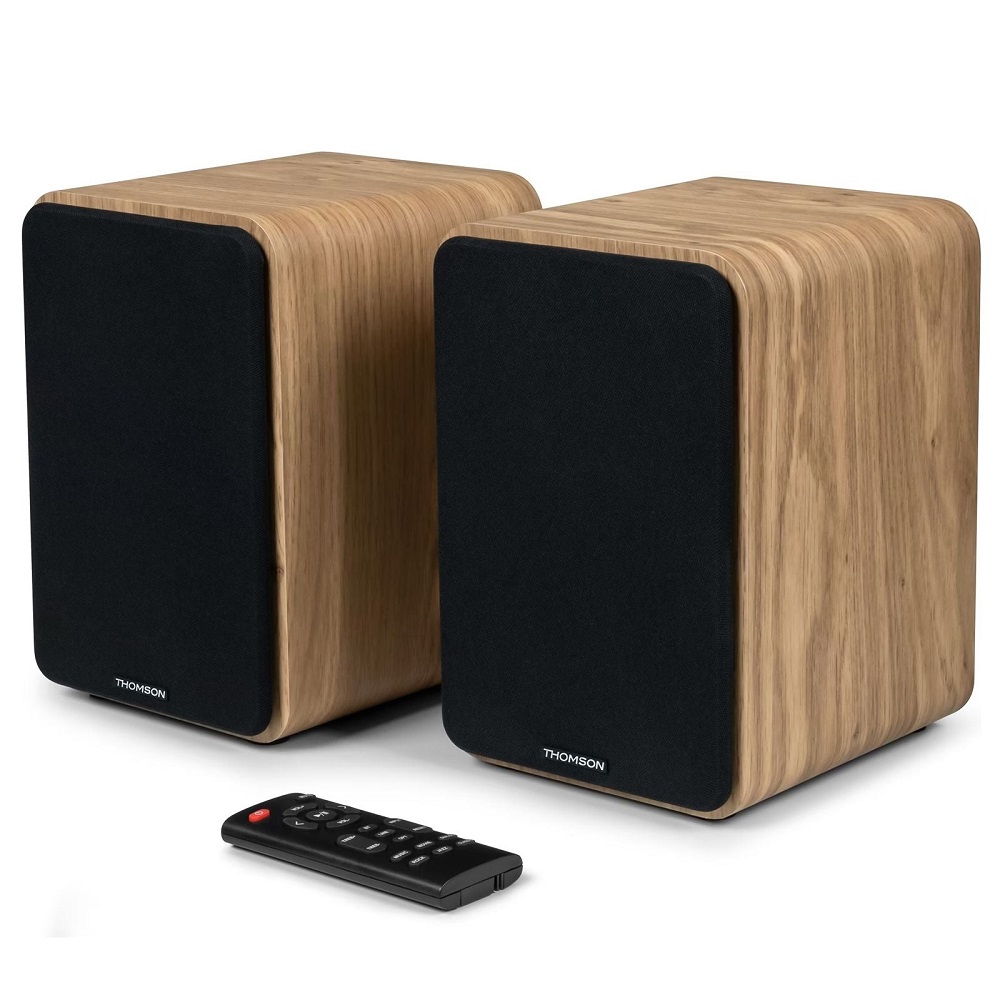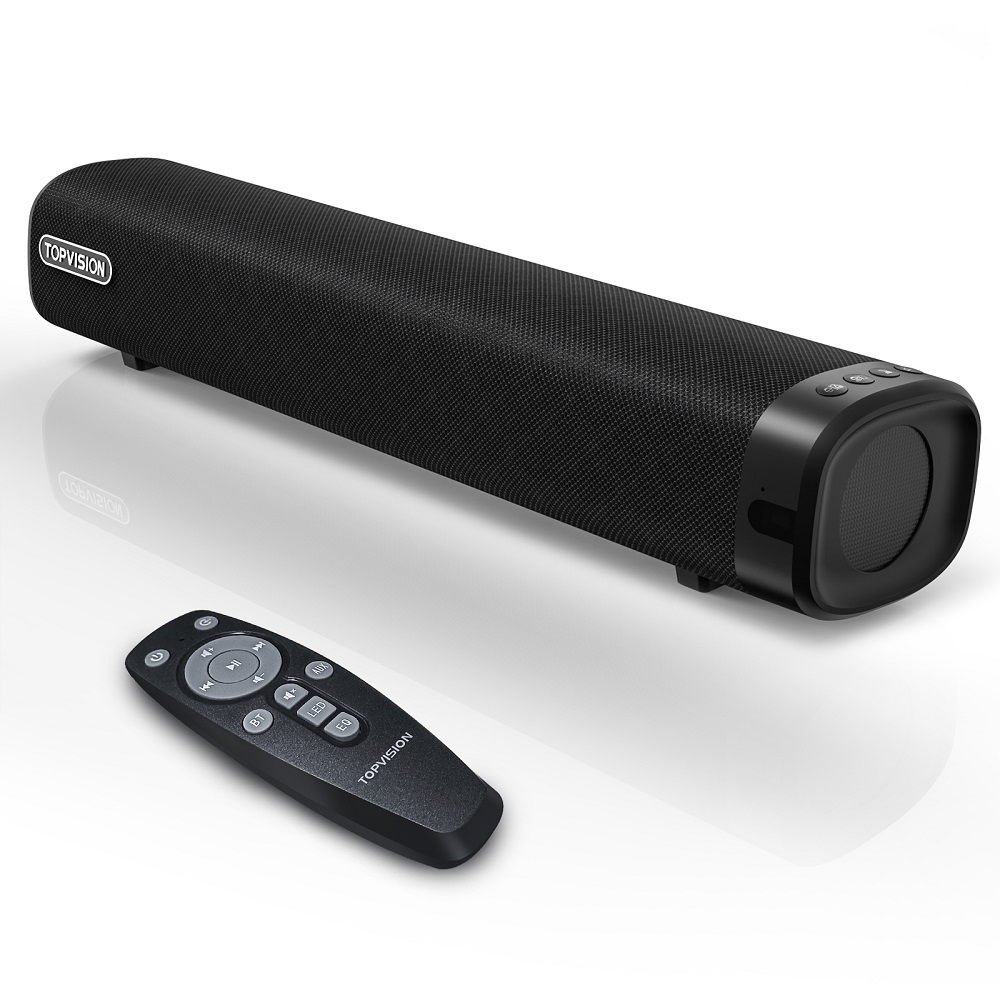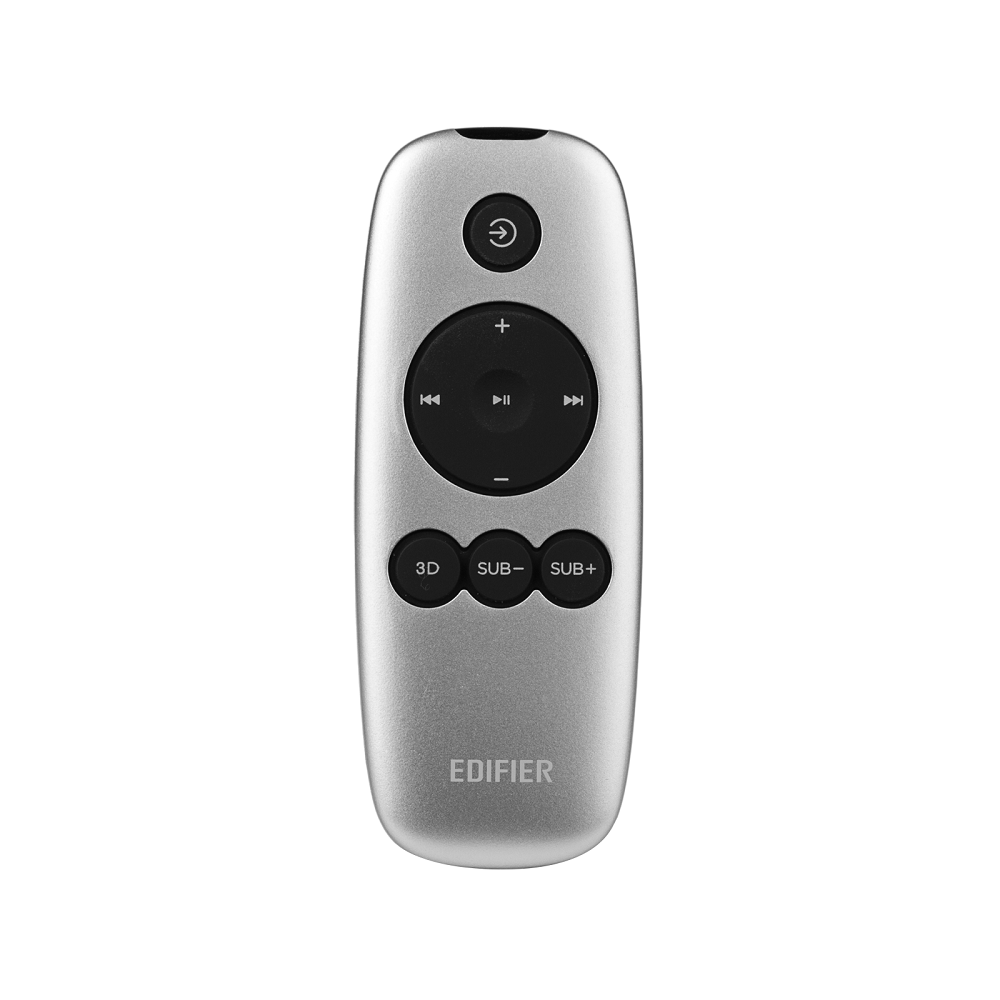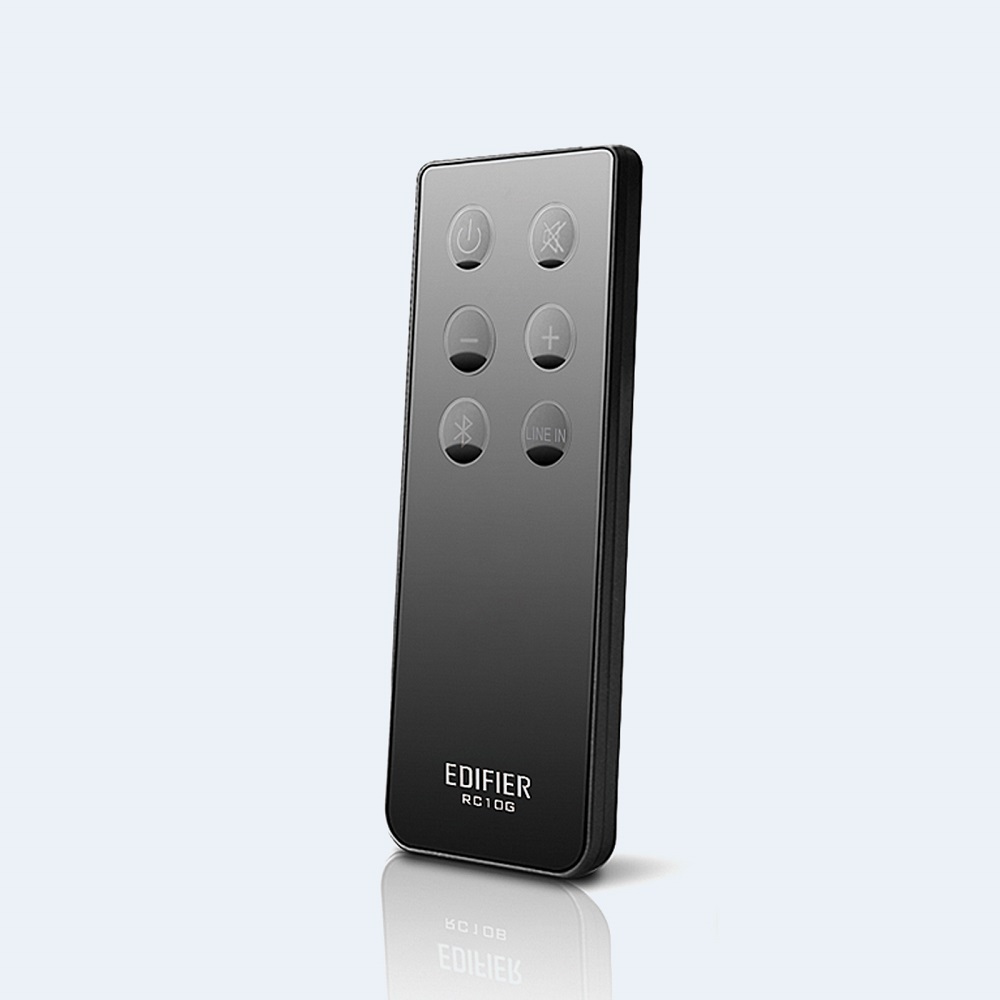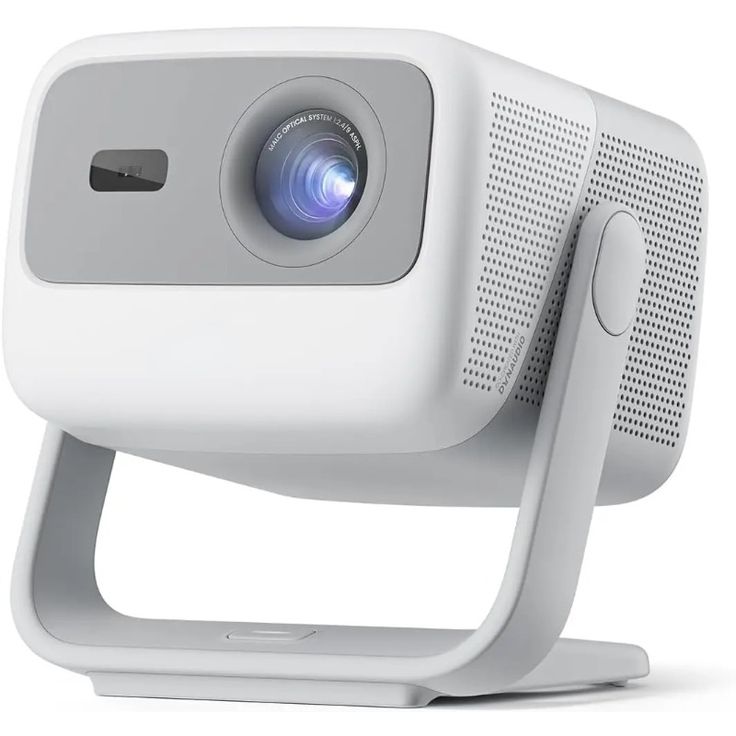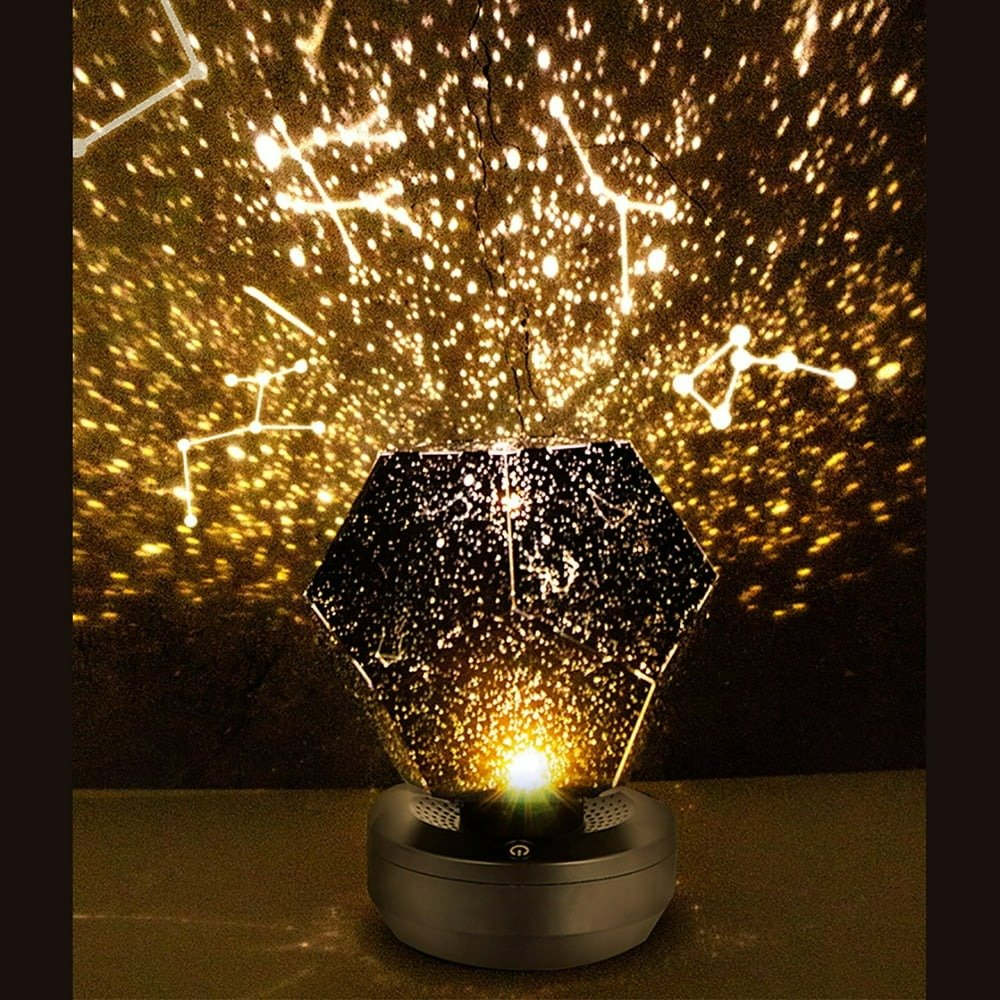In an age where convenience is paramount, having a remote control for your speakers can enhance your audio experience significantly. Imagine the joy of adjusting your sound system from the comfort of your couch or getting the perfect volume just right while entertaining guests. In this article, we will explore everything you need to know about remote controls for speakers, including types, features, and buying tips.
Understanding Remote Control Technology for Speakers
When we talk about remote controls for speakers, we are primarily discussing two types of technology: infrared (IR) and radio frequency (RF). Each of these technologies has its own benefits and drawbacks, and understanding them will help you make an informed decision.
Infrared (IR) Remote Controls
Infrared remote controls have been around for decades. They use infrared light to send signals to your speaker system. The remote must have a direct line of sight to the sensor on the speaker for it to work. This can be limiting, as you may need to point the remote directly at the device. Despite this limitation, IR remote controls are often quite affordable and reliable for everyday use.
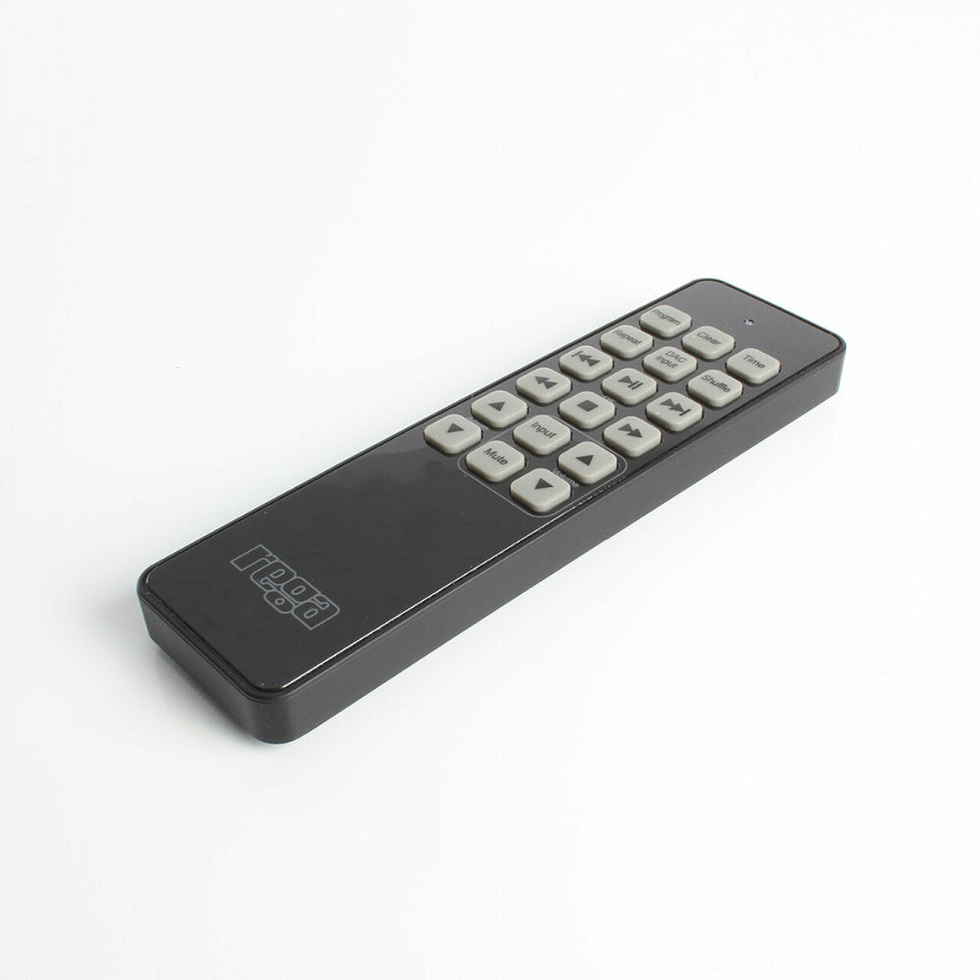
One of the main advantages of IR remote controls is their simplicity. Most users find them easy to operate. They typically come with a minimal set of buttons, making it easier to understand. You’ll often find basic controls such as volume up, volume down, and play/pause. For those who just want the basics without the frills, an IR remote control might be perfect.
However, IR remote controls do come with drawbacks. The requirement of a line of sight means that if an object is blocking the sensor, you will not be able to control the speaker. This can be frustrating if your furniture layout makes it hard to achieve an unobstructed view. Also, IR remotes work within a limited range, usually around 30 feet. If you are farther away, you may experience connectivity issues.
Radio Frequency (RF) Remote Controls
On the other hand, radio frequency remote controls provide a stronger solution. Unlike IR remotes, RF remotes don’t require a direct line of sight. This means you can control your speaker system from another room, or even across the house. This added range makes RF remotes much more versatile and user-friendly.
RF remotes are often more complicated than their IR counterparts. They may come with various settings and options that allow for more advanced features. For instance, with an RF remote, you could control multiple devices from a single unit. This is particularly useful if you have a home theater system, where you need to manage your TV, speakers, and streaming devices from one remote.
However, this complexity can also be a drawback. Users who are not tech-savvy may find RF remotes overwhelming. The learning curve is steeper, and figuring out how to navigate the menus can take time. Additionally, while RF systems typically work well indoors, they might face interference from other devices if you live in a densely populated area.
Bluetooth Remote Controls
With the rise of wireless technology, Bluetooth remote controls offer another viable option. These controls connect to your speakers via Bluetooth, which allows for seamless operation without the hassle of wires. They add a modern touch to your audio setup and are ideal for users who prioritize user-friendliness and flexibility.
Bluetooth remotes are usually compact and easy to carry. They often function as a multi-purpose device, controlling not just the speakers but other Bluetooth-enabled devices as well. This dual functionality can save you space and reduce clutter in your home.
While Bluetooth remotes provide numerous advantages, they also have drawbacks. The range can be limited, and they often need to be paired with the speaker before use. Additionally, they might encounter connectivity issues if multiple devices are trying to connect at once. Therefore, regular users may need to manage their Bluetooth connections actively.
Key Features to Look for in Remote Controls for Speakers
When shopping for a remote control for your speaker, it’s essential to consider several important features. This will help you choose a remote that suits your needs perfectly.
Ergonomic Design
One of the first features to evaluate is the design of the remote. An ergonomic design ensures that it is comfortable to hold and easy to operate. Look for remote controls with well-placed buttons that don’t require you to stretch your fingers uncomfortably.
Consider the weight and size as well. Some remotes are compact and lightweight, making them easy to use. Others may be bulkier but offer additional features. Ultimately, the goal is to find a balance that feels right for you.
Button Layout
The layout of the buttons is another crucial factor. A cluttered remote with too many buttons can be confusing. Aim for a remote that has a clean, intuitive layout that allows you to access frequently used functions quickly.
It’s also helpful if the buttons are backlit. This can be particularly useful in low-light situations, such as when you’re watching a movie or listening to music at night. Backlit buttons make it easier to locate the controls without fumbling around.
Compatibility
Never overlook compatibility when purchasing a remote control for your speaker. Ensure that the remote is compatible with your specific speaker model. Many brands produce universal remotes that can work across devices, but they might not have all the features you want.
Additionally, check if the remote is compatible with other devices you plan to control. Some smart remotes can connect to TVs and streaming boxes, which adds to their functionality.
Battery Life and Power Source
Always consider the power source of the remote. Some remotes use replaceable batteries, while others come with rechargeable options. If you choose a rechargeable remote, look for one with solid battery life. A remote that requires frequent charging can be more hassle than it’s worth.
For replaceable batteries, consider how easy it is to change them. Some remotes have complicated compartments that can make swapping out batteries a chore.
Advantages of Using a Remote Control for Speakers
Having a remote control for your speakers comes with a multitude of advantages. From convenience to enhanced functionality, let’s take a closer look at why they are a smart investment.
Convenience
One of the most apparent benefits of having a remote control for your speakers is convenience. Picture yourself relaxing on your couch. You want to change the volume or switch tracks but don’t want to get up. A remote allows you to do this without disrupting your comfort.
This convenience is further amplified during gatherings. Whether it’s a cozy movie night or a lively party, a remote lets you adjust the audio without the need to move around constantly. It makes hosting easier and more enjoyable.
Increased Range
As previously mentioned, some remotes allow you to control your speakers from another room. This increased range is beneficial in larger homes. You can adjust the sound without having to walk back and forth. This is particularly useful in multi-room audio setups where you have music playing in different areas.
The ability to control your sound system from anywhere in the house means you can fit your audio experience to your lifestyle. Whether you are cooking in the kitchen or relaxing in bed, you can always enjoy your favorite tunes at the perfect volume.
Multi-Device Control
Many modern remotes offer the ability to control multiple devices. This is especially handy if you have a home theater system with a television, gaming console, and speakers. With a single remote, you can switch between these devices without hassle.
This multi-device capability also reduces clutter. Instead of managing multiple remotes, you can streamline your audio and video experience. A single unit for multiple functionalities can make your living space feel more organized.
Enhanced User Experience
Finally, having a remote control enhances the overall user experience. You can quickly switch between songs, adjust the volume, or pause the music without effort. This responsiveness contributes to a more enjoyable audio experience, whether you’re relaxing alone or entertaining guests.
Best Brands to Consider
If you’re in the market for a remote control for your speakers, it can be helpful to know which brands consistently deliver high-quality products. Here’s a list of some of the most respected brands in the industry.
Logitech
Logitech is known for its variety of consumer electronics, including remote controls. Their Harmony line integrates with numerous devices, making it a popular brand for multi-device control. Users appreciate the customizable interface and compatibility with a wide range of systems.
The Harmony Hub allows you to control devices via your smartphone, adding another layer of convenience to your audio experience. With intuitive setup options, Logitech is a solid choice for those wanting an efficient remote control solution.
Sony
Sony has a long history in the audio and video space. Their remotes usually feature high-quality build materials and ergonomic designs. With a focus on innovation, Sony often integrates advanced features in their remotes, making them user-friendly.
Users often praise Sony remotes for their reliability and ease of use. They are compatible with various audio systems, making them a versatile option for many consumers.
Bose
Bose is synonymous with high-quality sound, and their remotes reflect that philosophy. Known for their sophisticated designs, Bose remotes are easy to navigate, with a focus on user experience.
The remote controls come with features tailored to enhance the audio experience. If you own Bose speakers or sound systems, their dedicated remotes will give you the best control and functionality.
Yamaha
Yamaha has a long-standing reputation for being a top-tier brand in the audio equipment space. Their remotes are no exception. Known for their durability and performance, Yamaha remotes often include advanced functions for audiophiles.
Support for multi-zone control is a significant feature in Yamaha remotes, making them perfect for home theater setups. Whether you’re an audiophile or just enjoy good sound, Yamaha offers a remote that will meet your needs.
Tips for Choosing the Right Remote Control for Your Speakers
The market is flooded with options for remote controls for speakers. However, not all remotes are created equal. Here are some valuable tips to help you choose the right one.
Assess Your Needs
Before diving into purchase options, take a moment to assess your needs. Consider how you will be using the speakers. Will you need a simple solution for basic volume control, or are you looking for a complex setup that manages multiple devices?
Being clear about your needs will simplify your decision-making process and make it easier to choose the right remote. Don’t overspend on a remote with features you will never use.
Try Before You Buy
If possible, try out a remote before you buy it. This can help you gauge its comfort and usability. Some stores may have demo models available, allowing you to try out the feel and functionality.
Purchasing a remote online can be convenient, but it doesn’t allow you to physically assess the product. If you decide to buy online, make sure to read reviews that specifically discuss the user experience.
Check Online Reviews
Online reviews can offer valuable insights into how well a remote control performs. Look for feedback on user experience, durability, and reliability. This can often lead you to find hidden gems or avoid poorly made products.
Pay attention to recent reviews, as these will give you a clearer idea of how the remote is performing currently. Older models may have issues that have since been resolved in newer iterations.
Warranty and Support
Always check the warranty and customer support options available with the remote. A good warranty provides peace of mind, especially if you invest a significant amount of money.
Excellent customer support can also be invaluable if you run into issues. Look for brands known for their responsive and helpful customer service. This way, you can feel more secure with your purchase.
Conclusion
In conclusion, a remote control for speakers can enhance your audio experience in various ways. From providing convenience to allowing multi-device control, these remotes are a worthwhile investment. By understanding the technologies involved, evaluating key features, and considering the right brands, you can find the remote control that best suits your needs. Whether you opt for a simple IR remote or a sophisticated RF model, you’ll soon find that having a remote can transform how you enjoy music and sound in your home.
